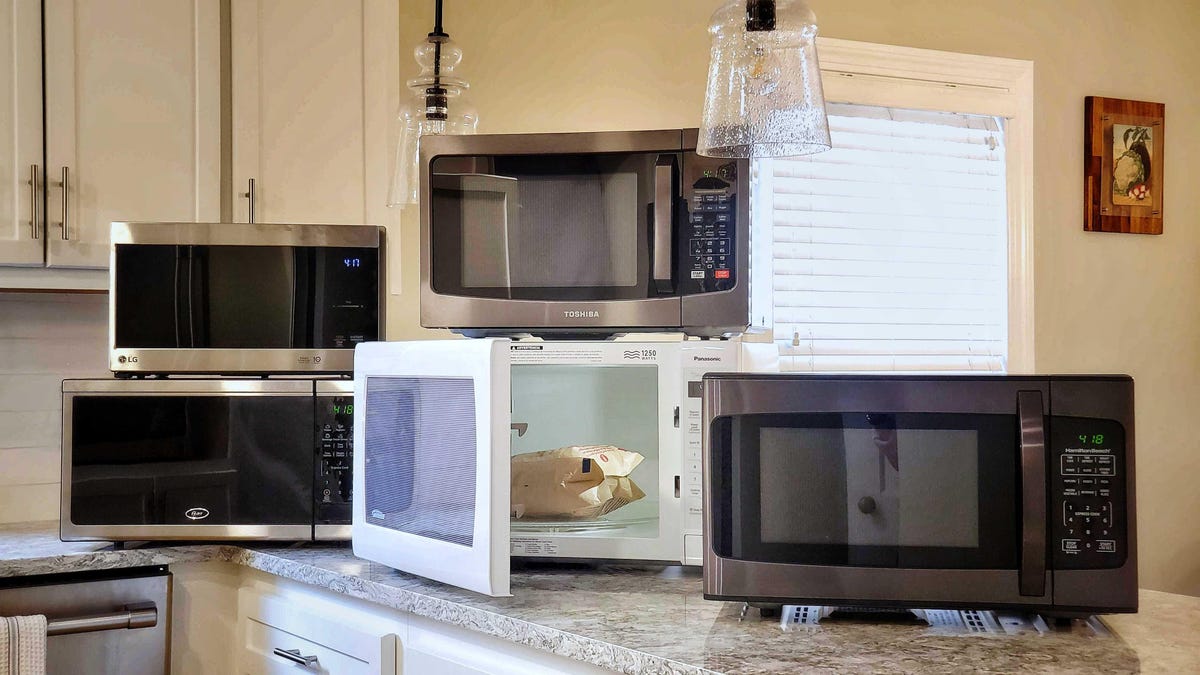How much money should you expect to spend on a hearing aid? The answer depends primarily on whether you’re looking into over-the-counter or prescription hearing aids. Unsurprisingly, the latter is a wallet guzzler, with average costs between $2,000 to $8,000. But OTCs can ring up quite a tab in their own right, and our most highly rated devices will still run you about $800 to $2,000 a pair. So far, we haven’t found an OTC device under this $800 price that is truly effective at treating hearing loss. In most cases, the $100 budget devices now flooding the market are too good to be true.
Fortunately, there are several methods to manage the high cost of a hearing aid:
Financing is available for virtually all reputable hearing aid companies, so you may not need to pay everything up front. Some plans are offered directly through the company, while others may require a third-party financing company like Klarna or Care Credit.
If you are over the age of 65, you may qualify for an add-on Medicare Advantage Plan (Part C) that may include hearing-related benefits. Most private insurance providers don’t offer hearing exam and device coverage, though some may have the option to add it as a supplemental benefit.
Medicaid coverage in certain states also pays for hearing aids, provided the prescription brand accepts it. Veterans may also qualify for hearing aid coverage through their VA benefits.
Some state governments have programs to help their constituents front the costs of hearing aids. Call or write to your state department to see whether this is a service they offer.
About Medicare and Insurance
Much like how it does not cover eyeglasses, Medicare does not cover hearing aids. That said, supplemental plans may include hearing benefits: Medicare Advantage Part C plans and many private insurance plans offer some hearing support, but coverage varies widely, so check with your provider before making that appointment. (Many states mandate that private insurance plans cover hearing aids, but a number of these are restricted to coverage for children.) On the plus side, standard Medicare plans (Parts A and B) do cover the cost of a hearing exam, but only with a doctor’s referral.
Many hearing aid providers are now providing financing for their products, usually at very low interest rates that let you pay for the product over up to three years. Medicaid may also help offset the cost of hearing aids, as may employer FSA and HSA plans.
How to Buy a Hearing Aid
There are two primary ways to buy a hearing aid: through a medical professional (the prescription route) or over-the-counter. Each has its pros and cons.
Prescription hearing aids are usually acquired through an audiologist. These specialists operate businesses ranging from sophisticated medical centers to small shops in a strip mall, usually emblazoned with a sign that reads “HEARING AIDS.” Again, this was the only way to acquire a hearing aid before 2022. An audiologist provides full service for your hearing aid from start to finish. They will test your hearing in a specialized room, physically examine your ears for medical problems, and suggest a hearing aid model. They will tune your chosen hearing aids and adjust them over time if things don’t sound right. The catch? Prescription hearing aids are expensive, anywhere from two to 10 times costlier than over-the-counter models. That said, for consumers who need hand-holding and significant fine-tuning of their hearing aids, professionals like this still have a function.
Over-the-counter aids can be bought through retailers online or offline, just like you would buy, say, a laptop computer. Different vendors offer different levels of presales support, and as the price of an OTC hearing aid goes up, you can usually expect a higher level of service. This may start with an online hearing test delivered to you via your computer or phone; these are not as good as an in-person test, but some can be surprisingly accurate. You may also get access to a remote audiologist who can meet with you over a video chat and fine-tune your hearing aid settings over the air. Ultimately, higher-end OTC aids offer a user experience similar to that of prescription aids, only one that is fully remote. At the low end of the hearing aid spectrum, you may get no service and support at all.

 1 week ago
5
1 week ago
5




:quality(85):upscale()/2024/10/31/831/n/49351773/b7bf33836723d2f0643c55.51137847_.jpg)



 English (US) ·
English (US) ·